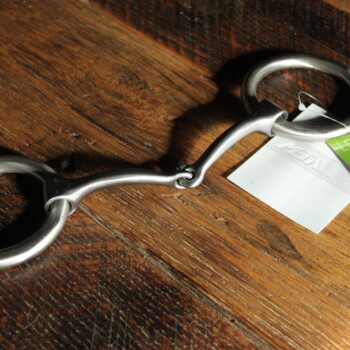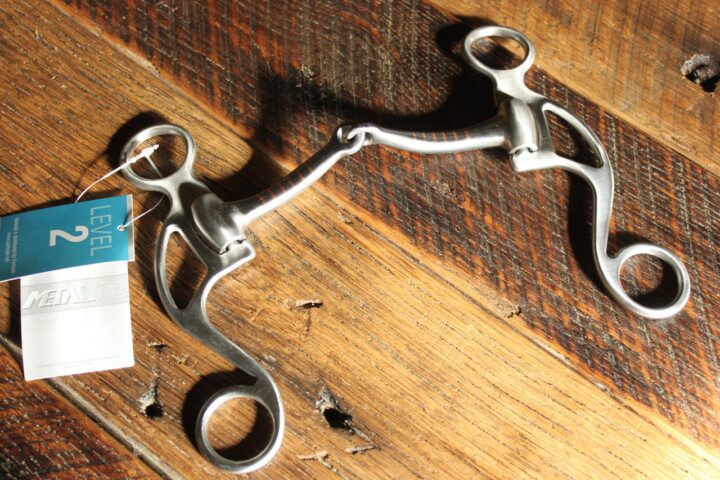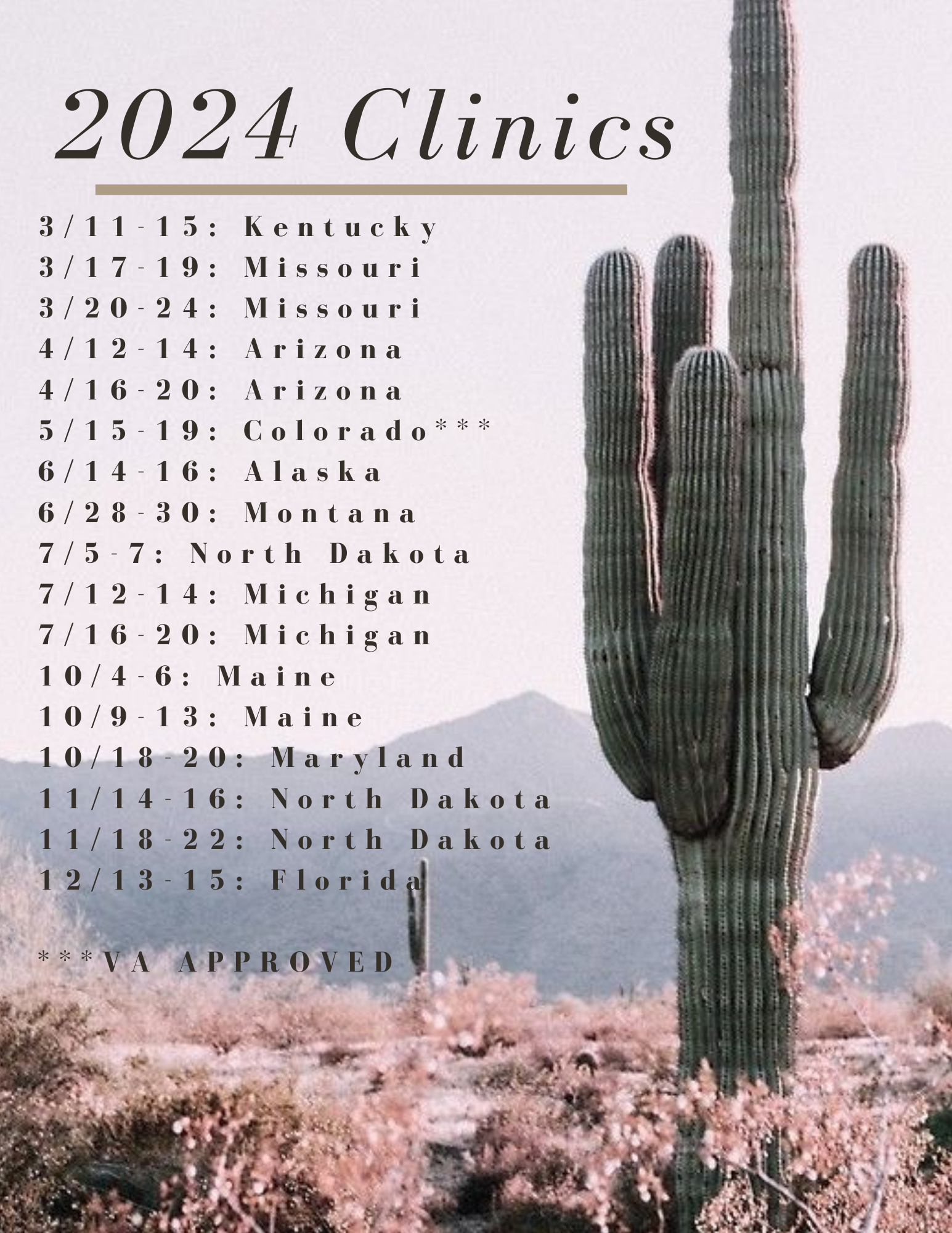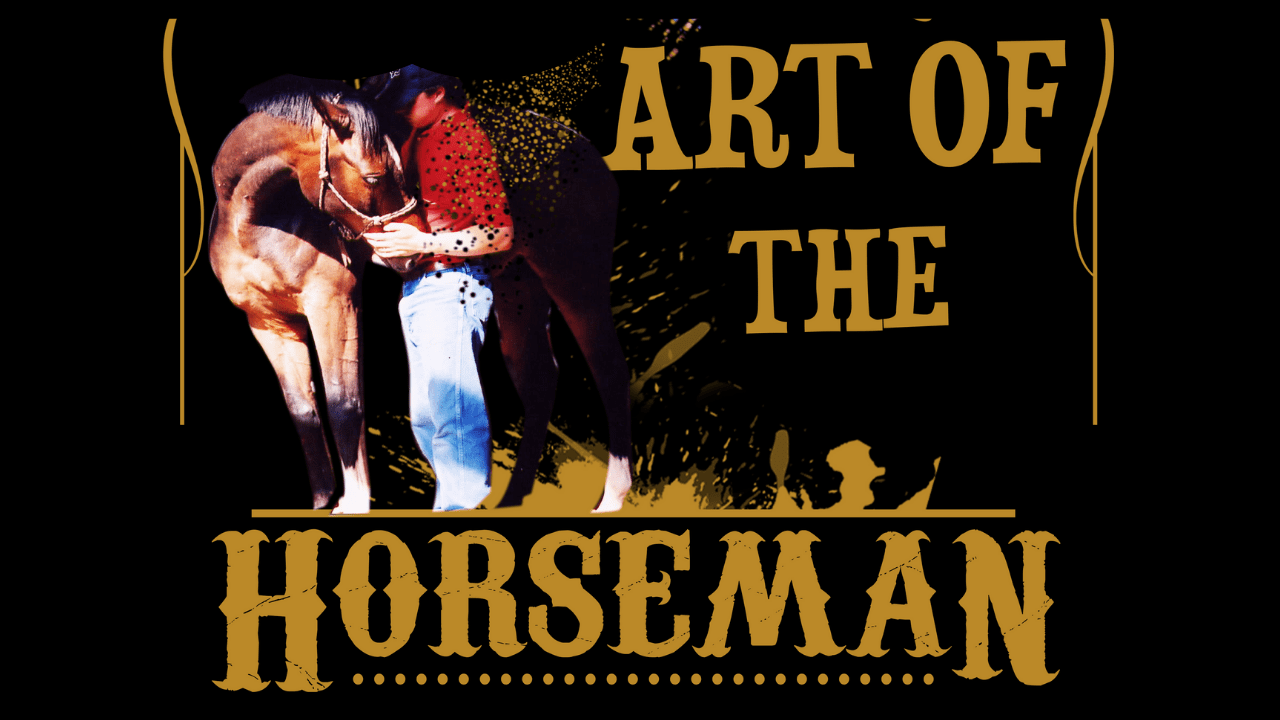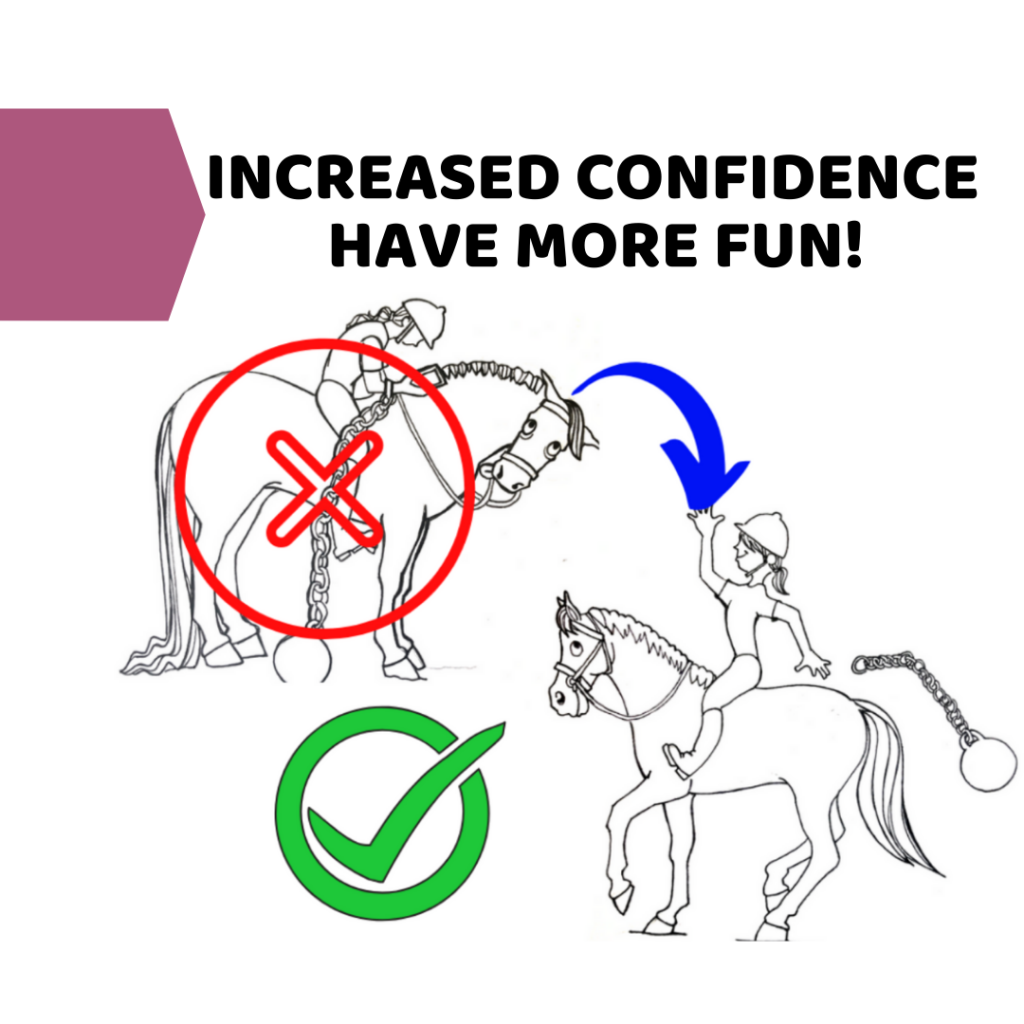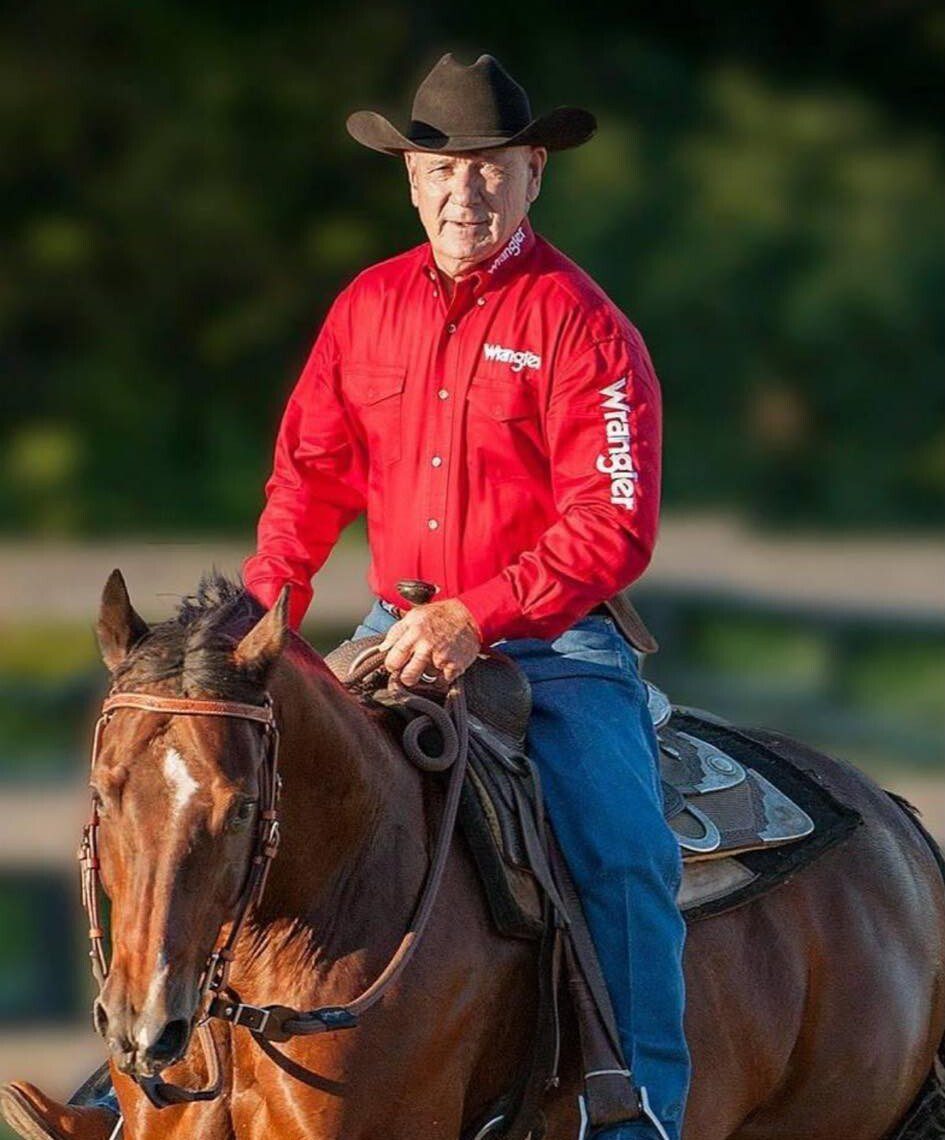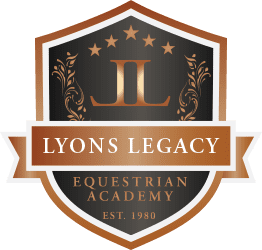Zoom Meeting Thoughts
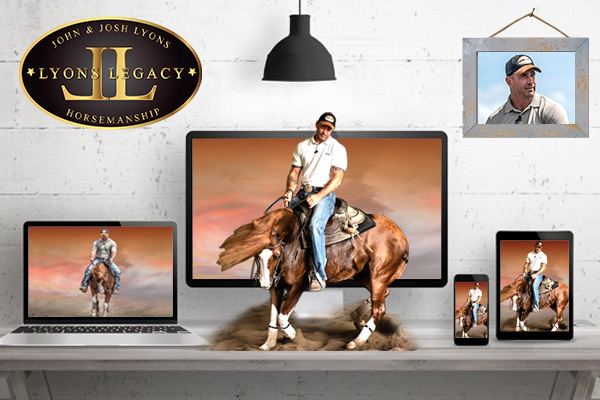
As part of the Lyons Legacy Online Training Program, Josh conducts twice monthly zoom meetings. These meetings are topic based, giving Josh opportunity to share knowledge about a variety of topics before jumping into the question and answer phase of the meeting. In our most recent meeting, there was great conversation about how horses learn and different types of bits.
Tips to Raise Performance in your Horse
You don’t know how long it’s gonna take that horse to learn. Some horses it just takse a while and some go really fast. If we treat them all the same, we are going to make them all go slow. We have a time limit in our heads saying this is how long it should take and that will hold us back. One of the things I’ve learned about riding, and this comes from my good friend Al Dunning, he said “Josh, ride finished. Every time you climb on a horse, it’s finished, it’s perfect. You ride it like that. When it makes a mistake, correct it, but then go back to being perfect. Expect it to be perfect.” That has changed my training so much to where everything is just so much faster. Some horses take two corrections, and that’s it. Some horses take hundreds of corrections. But if I treat that horse that takes two like the horse that takes hundreds, it’s gonna take me forever to get done and I cause so much aggravation in that horse. What I’ve learned, and what everyone has learned and is taught, is horses take repetition. To train a horse it’s repetition, lots of repetition. But the problem with repetition is, repetition without change causes aggravation. But if I change it a little bit, asking for more softness or a little quicker through the rib cage, I’m still working on the same general concept but I’m not looking for the same exact answer. That same exact answer causes aggravation. We keep doing it because we’ve learned repetition, repetition, repetition, but the problem with repetition is, if you don’t have that change we start building in aggravation. One of the key recipes to raising a horses performance is how far, how fast, how little. Which means, once they understand any maneuver, I’m going to work on further and I’m only going to do it for five minutes to improve further. The next five minutes I’m gonna improve faster, so whatever speed he was going he’s gotta go a little bit quicker. That doesn’t mean 30 miles an hour. It just means 1 mile an hour difference, a little bit quicker. And then the the hardest, hardest part is less – which means the horse has to keep the same distance, with the same speed, off of less pressure. The problem is when we drop that rein or we ask less with that rein our expectations go with it. If you pick up your horse and you rip your horse to back up what do you expect? You expect him to back up quick. But when you pick your hand up 2 inches, how do you expect him the back up? We’re hoping he crawls back because we don’t keep the same expectations off less rein. What’s hard is we have to learn how to keep our expectations high with less pressure, same distance, same speed, off of less pressure. Once I go through all three steps I follow back and I do it again.
More About Bits
What makes ice cream so good? What makes it so good is I don’t have it every night, it gets to be the same. There are five different styles of bits. You’ve got your gag bits to your snaffles to your snaffle shanks to your corrections to your straight bar bits. Straight bar bits can take bend out, corrections can put bend in, the snaffle shank is like having two bits in one – you get to ride it like a snaffle and get introduced chin flexion, then you got your gag bits. With gag bits, we can work on the poll pressure and take any anxiety away from the bit. But the problem with any one of those is, to me, it’s the same as ice cream. You eat that thing every day you’re gonna get to where you don’t like ice cream. My horses have to switch bits and they switch all the time. What happens is, if I put that horse in the correction bit because he’s a little stiff in his mouth or stiff to one side over the other, I’ll work that correction bit and it’ll create a lot of bend in them for me. But then the problem is, it starts to create too much bend so now I have another problem to deal with. So then I don’t wanna take that bit out, I keep that bit in and I’m trying to straighten the horse up with it, which makes it hard. It doesn’t make it impossible, makes it hard. Or I can switch to a straight bar bit and straighten them up. So my bits are tool, it’s just a tool. So the question is, what is your horse doing? With whatever bit you have in, is he bending too much? Is he not yielding to the bit? Is he taking the bit and trying to leave with it? If you pick up too much pressure, is he panicking, throwing his head up and lunging from it? So we gotta find out what he is doing and then we can address what I would use to help fix that problem.
You know, the greatest thing about bits is they’re tools. They’re great tools, but they don’t train a horse. If it did, you would go to the tack store and buy the ones that said stop bucking and stop rearing and 10 foot slide here and 30 foot slide there but they don’t. They’re great tools to use and the more tools in the toolbox I have then the easier the job becomes. What I’ve learned is everybody was always taught that their hands aren’t good enough to go to a shank. I can tell you this, you put that person in the snaffle bit, they’re comfortable and they pull and jerk and pull cause they’re comfortable with that bit. Put that person with heavy hands in a shank. They will grab that one time and they will not touch it again and they figure out real quick I better get a little softer. The snaffle bit is the only bit that you really ever need. I can train everything in the snaffle bit. I can try to do everything I need in that snaffle bit but it’s also not the only bit I want. There are other bits that do other tools or other things that I like and things I can use like going to the split reins and tracking one-handed, and being able to narrow that road up and teach that horse to stay between those reins. It’s a cool thing you know, but absolutely the bit is not severe, it’s how you use it. If we start figuring out what I don’t wanna do is touch the horse, I want that bit to stay in the center, I don’t wanna touch them. My goal is not to touch that horse. The only time I touch him is when he makes a mistake and he’s telling me how much pressure I need to put on this horse. We think that we decide the pressure, we don’t decide the pressure, that horse decides the pressure. That horse says it takes this amount of pressure to make me do this. We don’t decide, that horse decides. If it was up to me, I wouldn’t put any pressure on them, I wouldn’t touch them. But it’s not my choice, it’s that horses choice. The nice thing about horses is the better trained they get and the more they learn. the less I have to ever touch this horse. When I’m showing reining horses, the idea is 80% of the time this horse drives, I don’t touch them. I don’t ever have to touch that horse for 80% of that ride. I want him to drive, not me, and that’s when I’m ready to show this horse. Bits are tools, they’re just a tool, same as a saddle. It’s the same as using dressage whips, or spurs, or or the end of a rope or a bat. They use all kind of different things you know, and they think that one is severe and one is not. It’s how you use it, it’s a communication tool and that’s all. The most important thing is that when you go to bed at night you gotta feel good about what you did. There’s times I’ve gone to bed and I don’t feel good. There’s times I gotta go back the next day and I brush that horse a little longer and give him a little more treats. It’s just part of it, that’s training. My whole goal is every time I go to bed, I gotta feel good about what I did and how I got there, there’s a lot of ways to get there. You know the idea is that we keep getting better – as long as we’re making progress, as long as you can see progress, then you won’t lose your temper. It’s when you can’t find progress, when that fear sets in that I’m not gonna be able to get this done, when you can’t see that progress then all of a sudden your emotions take over, you lose control, you lose your temper, and you start doing things that you know you shouldn’t be doing.
